Study in The United States with Zero deposit
Get admission into the best universities in the United States without paying a deposit. Learn all about the USA, and how to begin your study journey there, with the information on this page.
Your Journey Starts here.
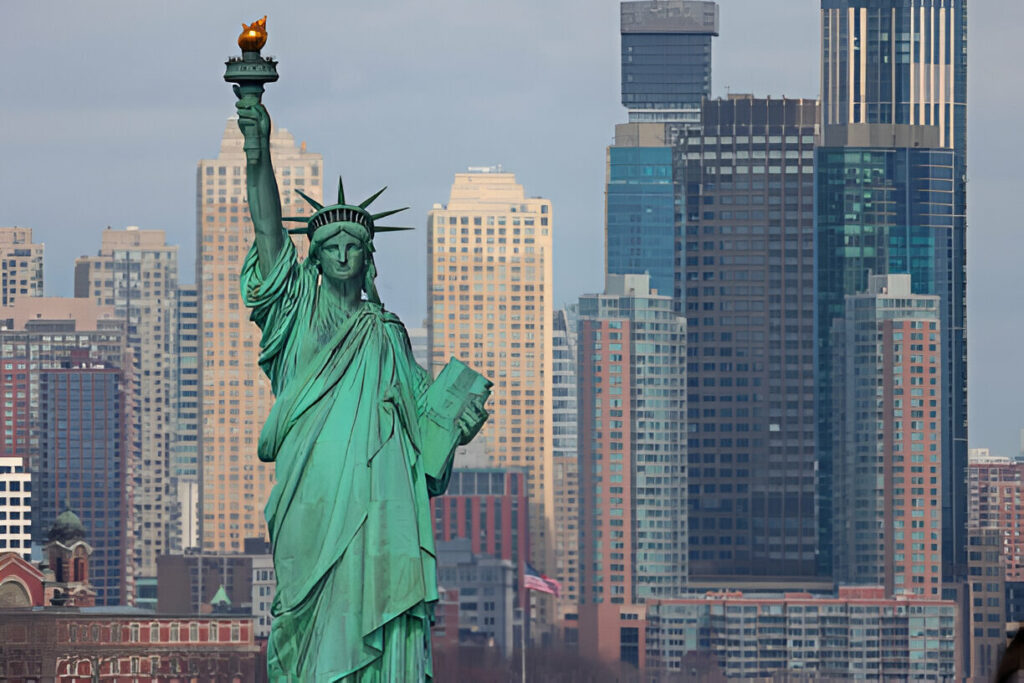
Top 5 Reasons to Study in USA
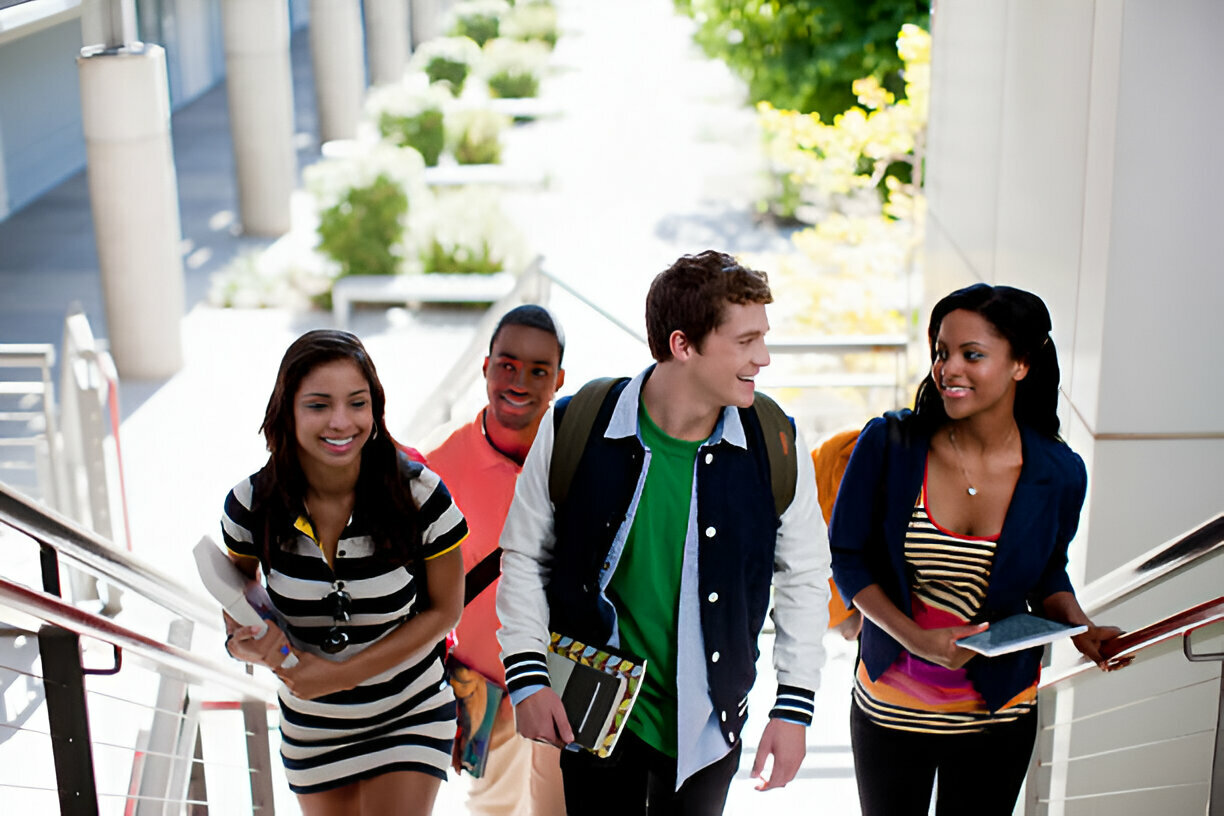
Academics
Get a World-Renowned Education
Known for its academic excellence, the United States boasts one of the very best university systems on the planet.
A significant majority of the world’s top-rated universities are located in the USA, and the country’s many acclaimed colleges, universities, and technical institutes are revered worldwide for their quality. Graduates from American institutions can often leverage that expertise to work and live anywhere in the world. If you’re ready to compete to be one of the best of the best in your field, an American education might just be your ticket.
Opportunity
Find Big Opportunities in Small Cities
As a huge and geographically diverse country with 50 unique states to choose from, the USA has plenty to offer any student whether you plan to study in a big city or a small student town! Although you might think of studying in big, famous cities like New York, Chicago, or Los Angeles, many of the best student opportunities exist in smaller, growing (and more affordable) communities.
The US has countless growing cities in smaller major population zones—and these up-and-coming regions need talented international student graduates to support their local economies! Take advantage of a more personalized study experience with smaller class sizes at any number of incredible colleges across the country, then work in in-demand fields to kickstart your career.


Experience
Work While Studying and After Graduation
For most international students, a great education abroad is a stepping stone to an exciting lifelong career. Thankfully, in the USA, many study programs offer real practical training elements, helping you get crucial early experience working in your specific field.
In their first year of studies, F-1 visa students may work on-campus for up to 20 hours per week during regular full-time semesters. Then, students who find work in their particular field may exercise OPT (Optional Practical Training) for up to 12 months before and/or after finishing their academic program without getting a new visa. Plus, graduates from STEM programs are eligible for an extension of up to two additional years.
Culture
Immerse Yourself in the American Cultural Experience
The United States is a global cultural powerhouse, and nearly everyone on the planet has been exposed to American media in some format. So, chances are good you have an idea of the quintessential “American” college experience from movies, shows, and other famous cultural exports.
Well, although you shouldn’t believe everything you see on TV, it’s true that USA-bound students are likely to enjoy a vibrant student life and make new friends on busy, sprawling campuses! Many students want nothing more than to have the full American experience and make exciting new lifelong connections while they begin the rest of their lives. Are you one of them?
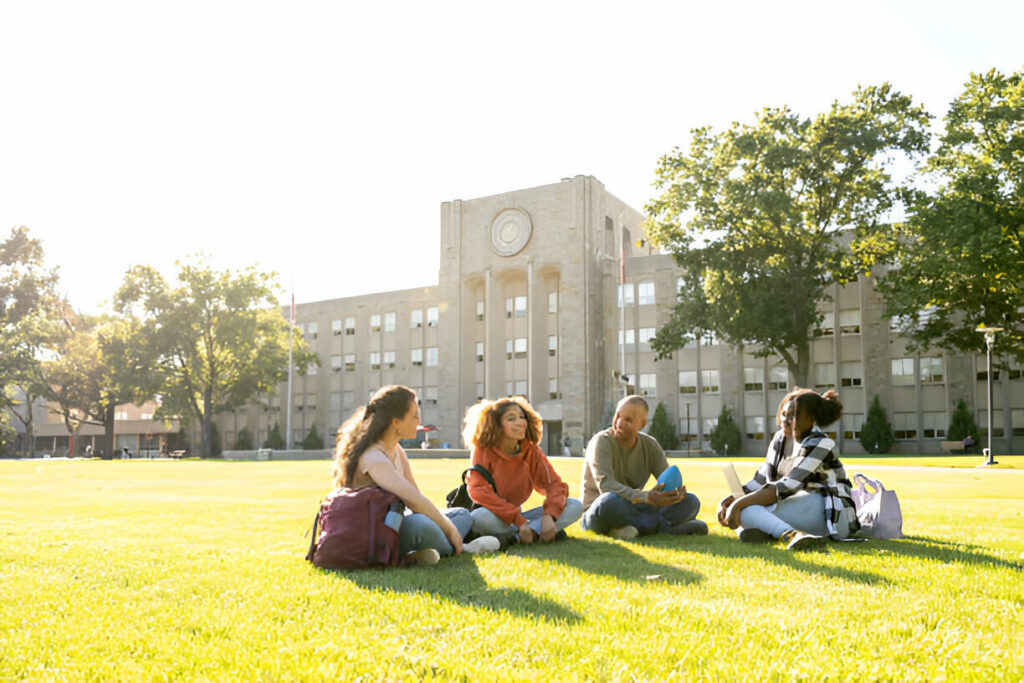
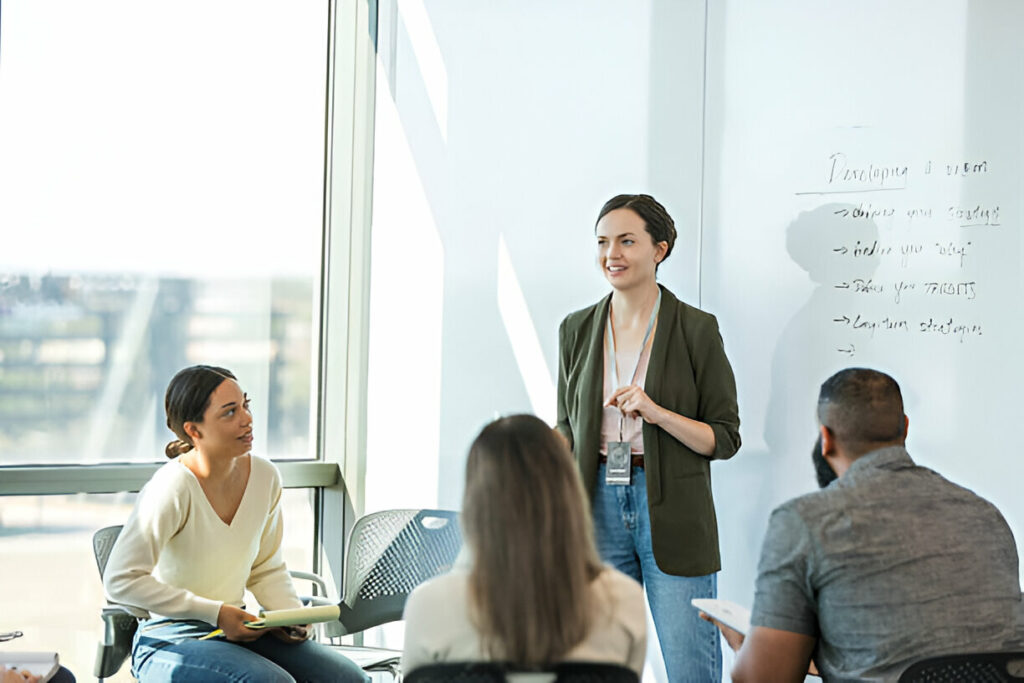
Excellence
Learn from the Best
Those who study in the USA will enjoy the benefits of a high-quality education system offering internationally recognized credentials—and a large part of that great experience comes from the chance to study, work, and research with some of the best professors in their fields.
Whether you’re interested in studying engineering, healthcare, economics, sciences, law, or the arts, many of the world’s premier minds gather and teach at academic institutions across the country. So, if you’re ambitious, highly career- or academically-oriented, and want to strive to be among the top performers in your field, there’s no better place to start.
Student visa
Getting an American Student Visa
To study in the US, most students will apply for an F-1 student visa, which is reserved for students planning to study at a college or university in the US (or planning to study English at an English language institute).
After being accepted by an approved school in the United States, you’ll be registered for the Student and Exchange Visitor Information System (SEVIS) and must pay the I-901 fee. Your school will issue you a Form I-20 to complete. After completing these steps, you can apply at a US Embassy or Consulate to take your F or M student visa interview.
Average Visa Cost: $510 USD

Courses range from Agricultural sciences, Medicine, Nursing, Humanities, Actuarial Science, Computer science and Information Technology, Accountancy, Earth sciences, Law, Psychology, Architecture, Tourism and Hospitality management, etc.
Undergraduate programs, Postgraduate programs, and Diploma programs are available
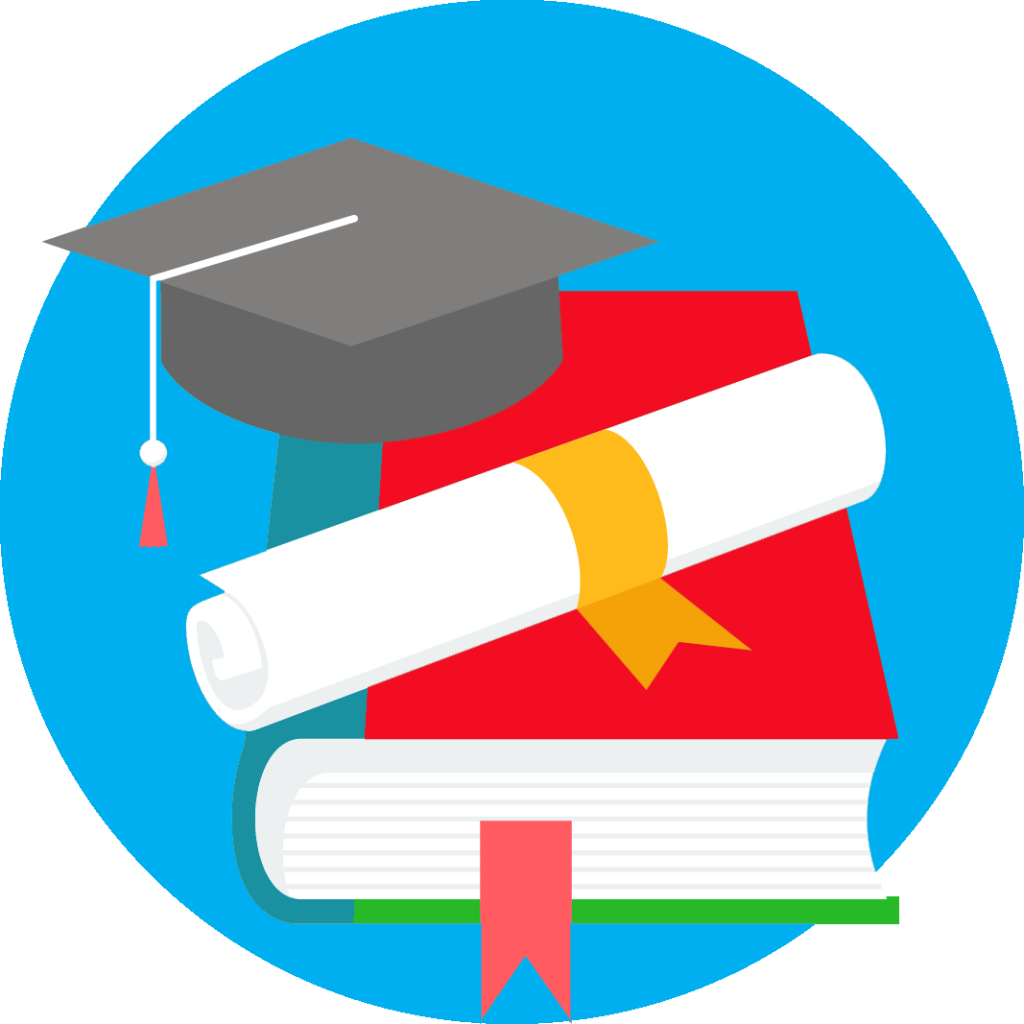
study destinations
More Study Destinations to Explore

Hitouch Global is an emerging travel agency, based in Abuja, Nigeria, dedicated to providing unparalleled Study Abroad services to all clients (including YOU!).
Students
Quick Links
Newsletter Signup
Enter your email address to get latest updates and offers from us. Also some Discount coupons.
Immigration
Quick Links
Newsletter Signup
Enter your email address to get latest updates and offers from us. Also some Discount coupons.
© 2025 Hitouch Global Ltd Educational Counselor’s & Travel Agency. All rights reserved.







